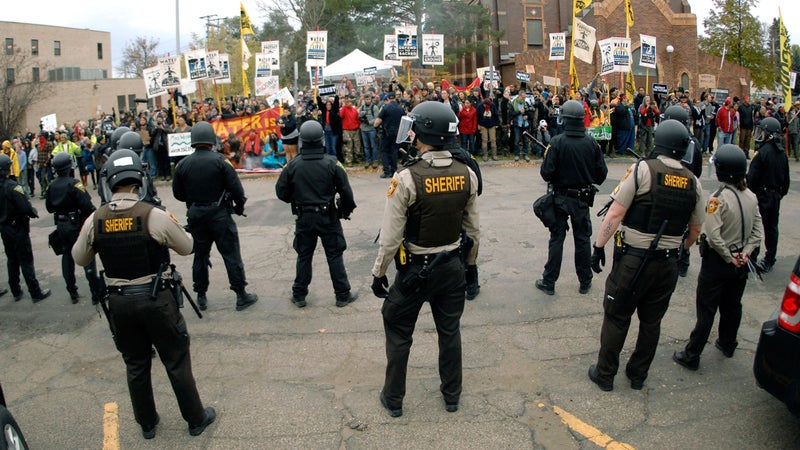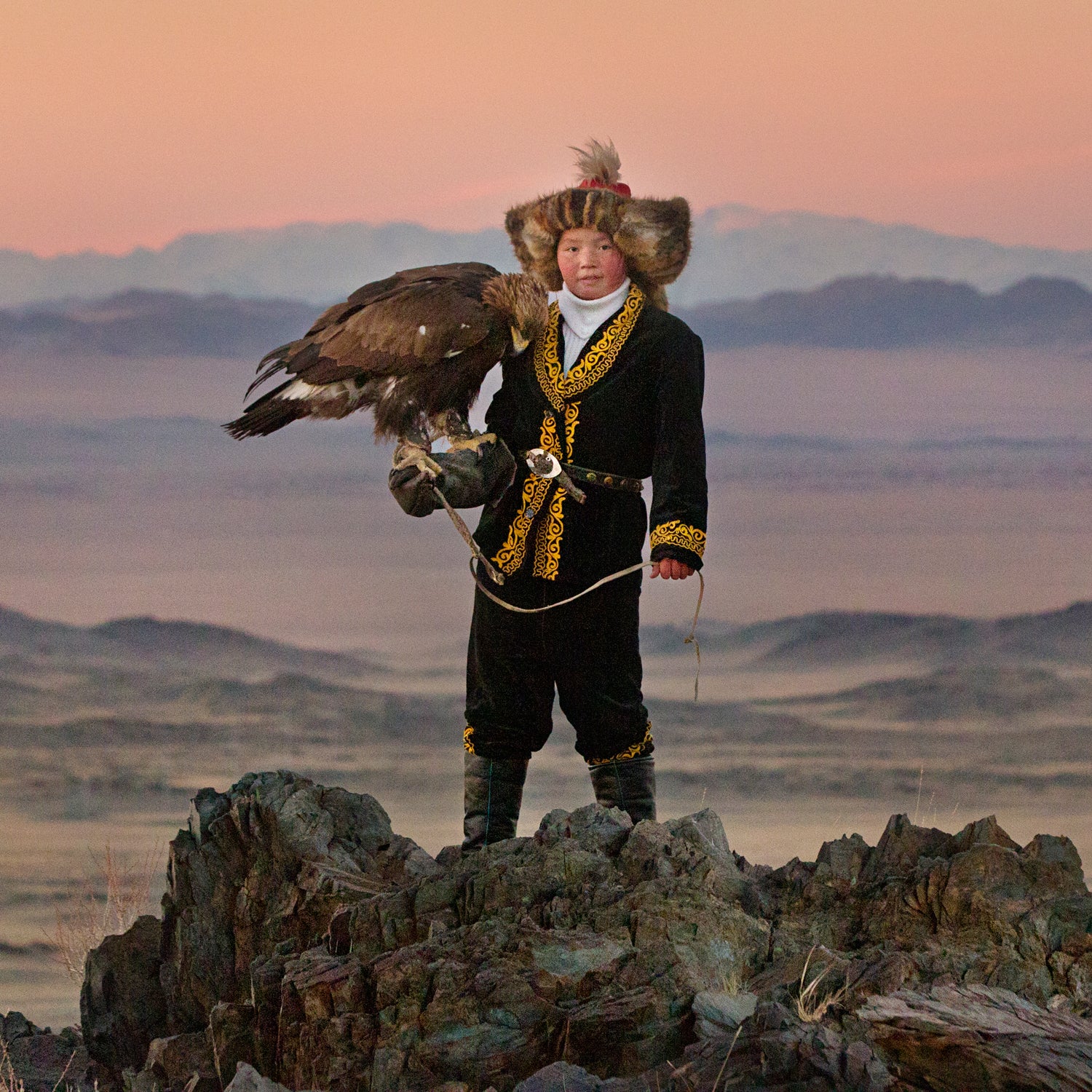This week's lineup features some powerful characters, including a young woman who hunts the plains of Mongolia with a trained eagle nearly half her size and another who murders a classmate with a letter opener. (Thankfully, the latter is fictional.)
Fiction
'Pull Me Under' by Kelly Luce
Luce's debut novel dwells on existential suffering and endurance-based redemption.┬áRio Silvestri, a Colorado nurse and ultramarathoner, has a secret past concealed even from her husband and daughter: before she moved to Boulder for college and rebuilt her life, she was named Chizuru Akitani and lived in Japan. The child of an┬áAmerican mother and world-renowned Japanese violinist father, she was tormented over her hafuÔÇöhalfÔÇöstatus by her Japanese elementary schoolmates,┬áculminating┬áin her killing her primary tormentor with a letter opener. Her father disowns┬áher,┬áshe is confined┬áto a juvenile detention center for the remainder of her adolescence, and she is ordered to move to America when she is┬áreleased at the age of 20.┬áIt's only upon her father's death that┬áshe returns to Japan for the first time since her escape. There, she heads out for an ill-prepared long-distance hike and a reckoning with her personal history, reminiscent of Haruki Murakami's work. It's a compelling meditation┬áon the conflict between our private selves and the face we present to the world. ÔÇöChris Cohen
Film
'The Eagle Huntress'
Kazakh teenager Nurgaiv Aisholpan trains as one of the only female eagle hunters in the world, and becomes the first to enter, and win, the region's annual Golden Eagle Festival. The new documentary, which begins  this week, follows her over the course of about a year, from early training to her first hunt. Director Otto Bell recounts how, on their first day of filming, they followed Aisholpan on her quest to capture her eagle from a nest about 100 feet off the ground:
It was kind of thrown together, but we also planned out the angles, because we knew we were only going to get one chance. We filmed Aisholpan getting the rope on so her father could hold on to her as she climbed down to the nest, and then we're like, “Okay wait, wait,” you know, like the universal hands up sign for wait, and then we scrambled down the side of the cliff to a ledge that was next to the nest, and that's how we got the sideways angle. And then, finally, we put a GoPro underneath her cardiganÔÇöthat's when it became less about me making a film. It actually became about me telling her story because I was there for that first step.
'Into the Inferno'
The prolific Warner Herzog is back with a Netflix documentary that had him traveling from Indonesia to Iceland, paying┬áhomage to volcanoes and the ways that we puny humans interact with them.┬áYes, there's a lot of awe-inspiring lava footageÔÇöbut don't expect a reverent nature-documentary tone.┬áHerzog takes a much less worshipful view of nature. “When you look out at the universe at night and you look at the stars, you know that there is a huge mess out there, and itÔÇÖs very hostile and very inhospitable,” he told┬áDavid┬áHolbrooke┬áin a┬á2011 interview╠ř┤┌┤ă░¨ ║┌┴¤│ď╣¤═°. “There is no such thing as the harmony of the earth. IÔÇÖm not buying this New Age crap.”
Long Read from '║┌┴¤│ď╣¤═°'
The Malheur Occupiers Were Found Innocent. The Standing Rock Protestors Were Assaulted. What Does This Say About Our Country?

The same day that seven Malheur occupiers were found innocent, riot police uprooted Native American demonstrators in North Dakota using pepper spray, batons, helicopters, armored vehicles, and a sound cannon.
At first blush, the scenarios seem similar: a group of passionate activists commit civil disobedience in the hinterlands to protest issues that seem beyond their control. But the particulars are quite different, and understanding them illuminates how AmericaÔÇÖs centuries-old myth of the noble cowboy and savage Indian has taken contemporary form in white privilege and institutional racism. The simplest evidence of the disparities between the protestors at Standing Rock and the ones at Malheur can be found by looking at how each group has been portrayed in the media and treated by law enforcement.
Long Read from Elsewhere
ÔÇśHow Much Suffering Can You Take?ÔÇÖ
The New York Times goes behind the scenes at the Quintuple Anvil Triathlon, a Virginia race that requires participants to run five Ironman-length races in five days. It's one of the world's most extreme sufferfests, right alongside the Barkley Marathons and the Race Across America.
The trees will keep moving. You will swear bugs are crawling over your face, even when they are not. The cracks in the road will form smiley faces. None of this is real ÔÇö but it is 3 a.m., and you have dozens of miles still to run.
The sores from chafing are so bad you will think nothing of tugging open your shorts and squirting in ointment in full view of strangers. There is no modesty here; they seem to understand.
Actually, no. They donÔÇÖt really understand. They are not competing in this race. And nobody not competing in this race understands.


